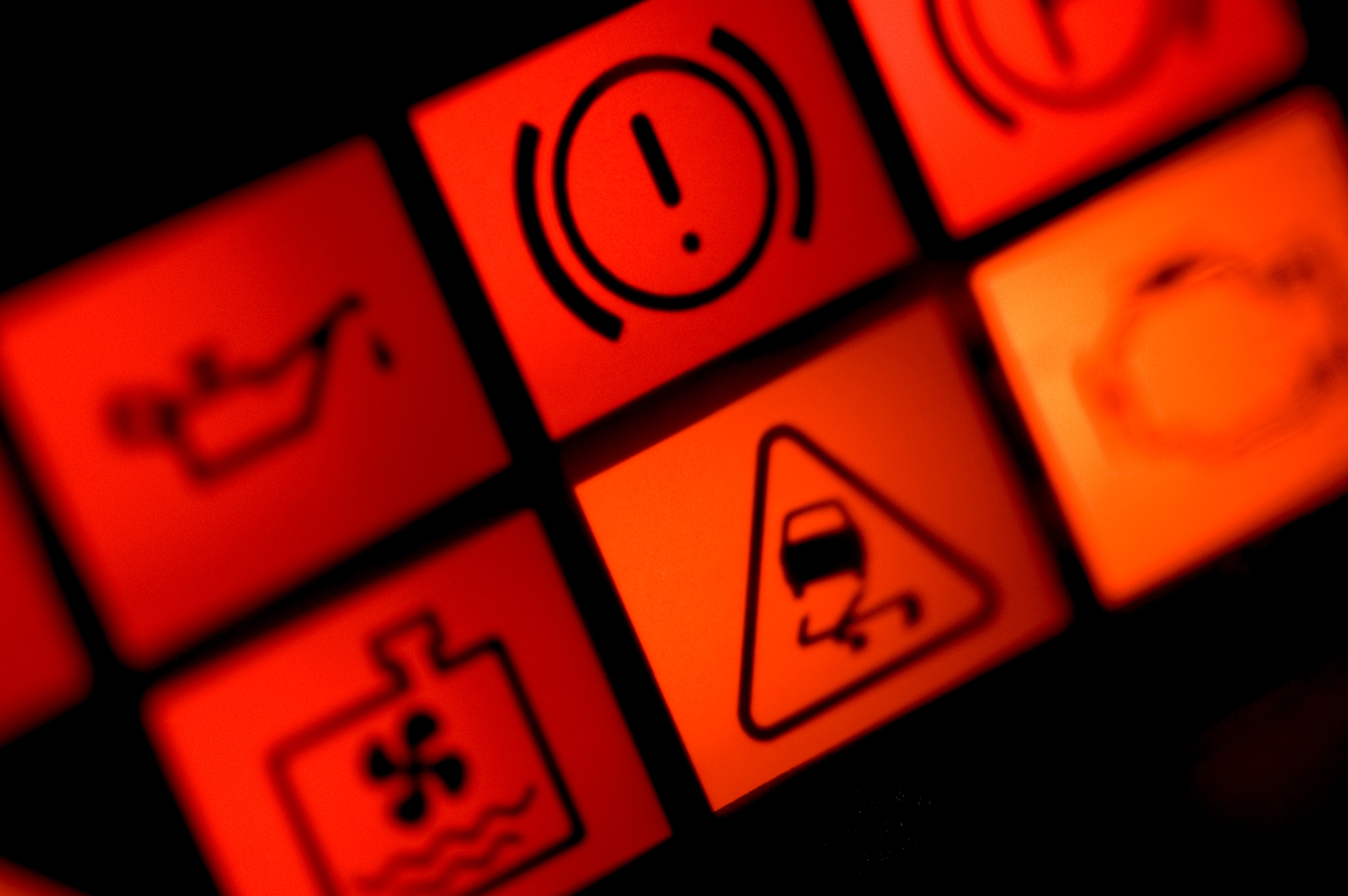Keep Your Car in Top Shape
Whether you own a new car or have a used vehicle, your automobile requires ongoing service and maintenance to keep everything working properly. No matter if your service is part of your new car warranty or if you are footing the bill for such maintenance, ASE-certified technicians put your car through a schedule of preventative maintenance when your car is in their work bay. Ever wonder what they are looking for under the car and under the hood?
Here's a list of everything that should be covered when your car, truck, or SUV gets a complete maintenance inspection. This is all covered in your vehicle's Owner's Manual and auto dealerships make sure that all of the following items are checked every time you stop in for an oil change. Of course, you can check these things yourself and it is good to get to know your car, how it operates, and what it needs to give you many worry-free miles on the road.




